How to water the beds?

Even avid gardeners and gardeners are constantly replenishing their knowledge and experimenting on their plots. And even more beginners need a variety of advice at first. And it is very important to know how to water the beds, because this plays an important role in getting a good harvest.


The ways
It would seem that watering the beds is a simple matter, there would be water. Some areas are so affected by drought that the issue of water availability - at least some - is extremely urgent. But the fact of the matter is that correct watering is very important, otherwise the plants can be harmed. And there are many nuances to consider. Everyone also chooses the method that is most acceptable for himself.
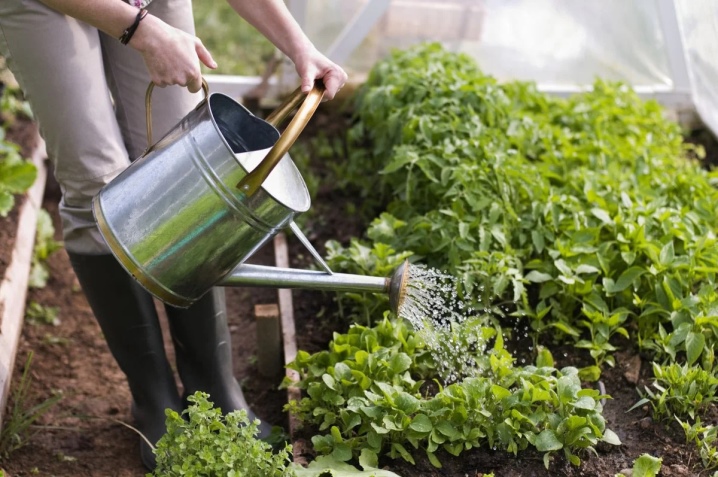
Auto
There are several types of installation of such a system. This can be done either independently or by inviting specialists. But in all situations, the essence of the method is that water is supplied at a certain time and exactly in the amount that is necessary for certain plants.
It has certain conveniences. Indeed, at that moment, while the plants receive life-giving moisture, the summer resident can do a wide variety of work, which is always enough on the site. And besides, there is confidence that each bush will receive its water in the right amount.
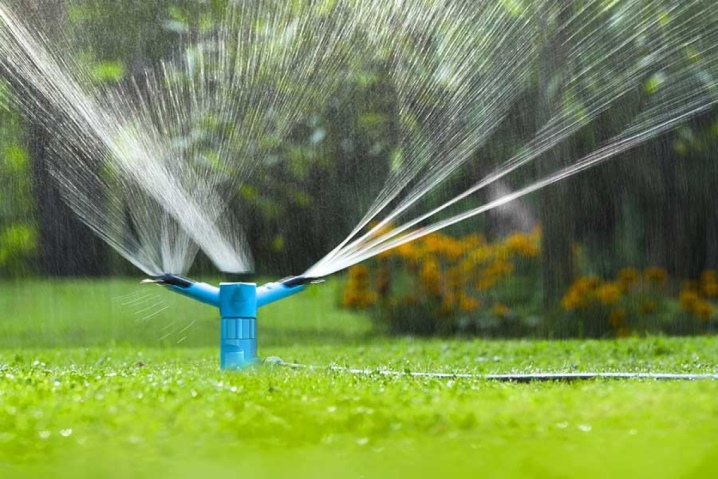
The only inconvenient moment is that it is also impossible to set the system for certain watering hours, and it is also impossible to leave the summer cottage unattended for a long time. After all, it is not known what the weather will be like. And a sudden rain, together with watering, will cause trouble. It is extremely dangerous to overflow plants, it is fraught with their death in some cases.
It is worth remembering that although some crops love irrigation, the system must be configured so that this does not happen in the sun. Otherwise, the leaves may burn.
Automatic irrigation systems work well for large areas that require a lot of time to water. Indeed, this procedure cannot be called fast. Even a small area will take several hours to attend to all crops.
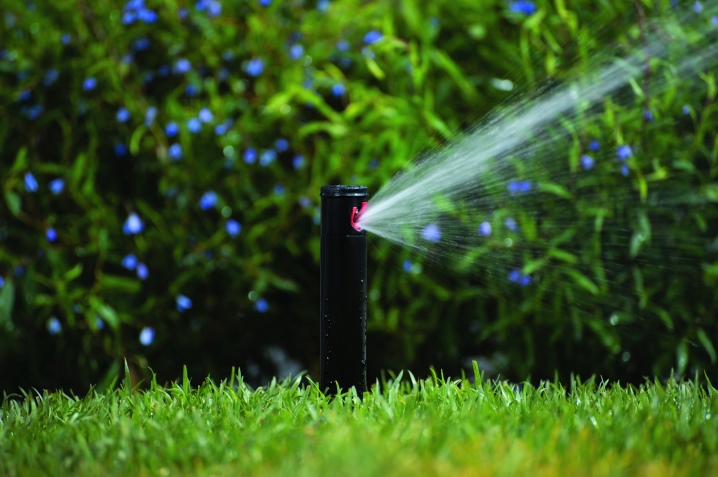
Mechanical
And yet, for many, this kind of watering is considered more familiar. And most often the procedure is performed in several ways, using:
-
hose;
-
watering cans;
-
buckets;
-
any other capacity.
Most often, an assistant in all watering is a hose with a specific nozzle, which makes it possible to choose different modes: the jet can be stronger, weaker, diffused, and so on. Thus, you can successfully water the bush and at the very root, and irrigate. It is easy to move around the site with a hose, such work will not cause any discomfort and will not bring physical overstrain either.

A watering can, too, is still used by gardeners, but it is not designed for large areas. It's hard to walk with a watering can for several hours at a time. And besides, it is not suitable in cases where it is undesirable for drops of water to fall on the foliage. If, on the contrary, you need to refresh the foliage, you can also use a watering can. Especially if it is several beds.
It is even more difficult to water with a bucket, since not every plant will like such a pressure of water. Therefore, you need to pour water very carefully. Other small containers are used when you need to pour in a very small amount of water. Most often, the seedlings are watered for the first time.

Any of the methods is applicable, the main thing is to ensure that all plants receive water in equal amounts, and not so that one bush remains dry and the other is flooded.
What water to water?
On this issue, not everyone is of the same opinion. Many people think that it is better to water it exclusively with rainwater. For this, containers are specially placed on the site, which are filled with water during the rain. Then the sun warms her. And so there is always a supply of water, which can be used at any time.
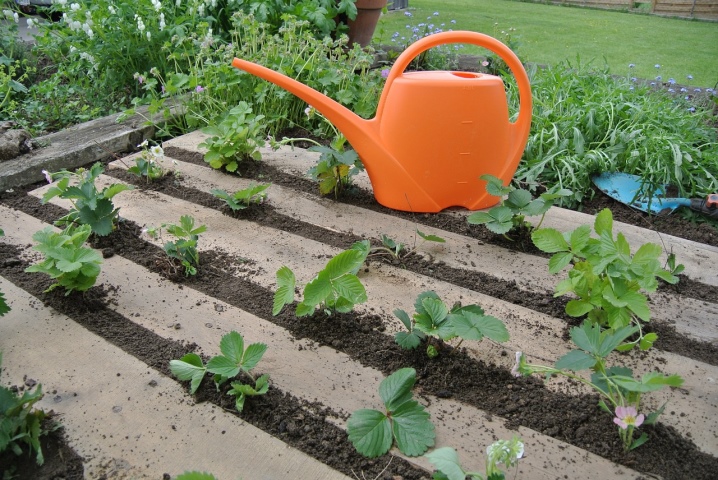
If water comes from a centralized water supply, it is recommended to defend it. In this case, a day is enough. But most often in private houses and in summer cottages, water comes from a well. Many people water the plants with this water, since it is easier and easier to water the garden with a hose. But there are plants that are not recommended to be watered with cold water. For example, cucumbers and tomatoes are watered only with warm water. Therefore, each gardener chooses the option that is more convenient for him. But according to all the rules, water for watering the beds should be:
-
clean;
-
defended;
-
warm.

How often?
The frequency of watering depends on the climate, on the weather at the moment. If it rains frequently, watering can be avoided. Provided that the weather is dry, watering the plants is required every other day. In open ground, the surface dries very quickly. Mulch soil can be moistened a little less often because mulch allows moisture to stay in the soil longer.
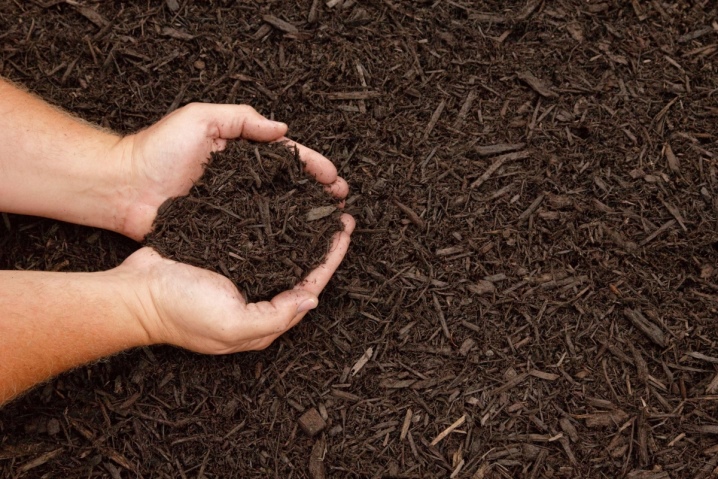
It is especially important to water the seedlings well after planting. And while the seedlings take root, moisture should be regular. You should also focus on plants: some can spend several days without water, while others are in dire need of regular moisture.
The fact that the plant does not have enough water will be prompted by its leaves. If they look wilted, the plant urgently needs watering.
Before freezing, usually vegetables from the beds have already been removed, there are practically no vegetables that would be left on the beds until the very cold weather. Before winter, you can only pour boiling water over the soil when the entire crop is harvested. This will help kill harmful bacteria and various fungal diseases.

The right time to water
All plantings in the summer cottage are watered in dry weather. During the rains, the plants already receive the required amount of moisture. During the day, watering can only be done in extreme cases, only on condition that the sky is covered with clouds or clouds. On a hot summer day, watering is possible only in the early morning or late evening.
At the same time, many summer residents believe that evening watering is preferable. Plants have good time to be saturated with moisture. While in the morning, moisture will still quickly evaporate during the day under the sun's rays.
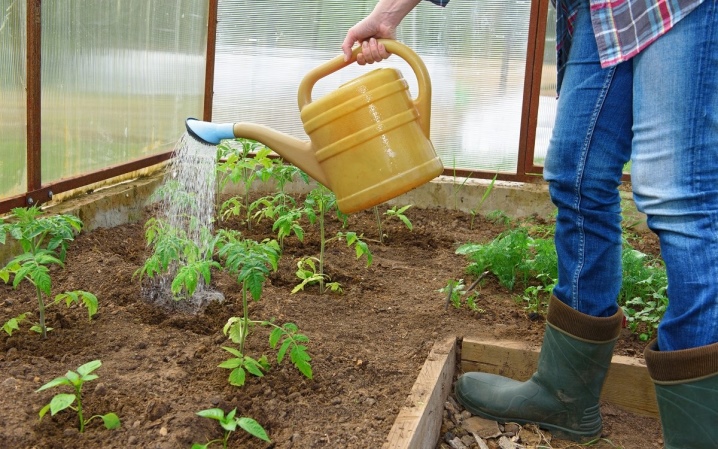
As for greenhouses, in the heat it is also not worth watering the beds, despite the fact that the sun's rays do not directly hit the plants. In this case, the windows must be open so that air circulation occurs, and there is no stagnation of moisture, which can provoke fungal diseases.
In spring and autumn, plants do not require as much moisture as in summer. This should also be taken into account.
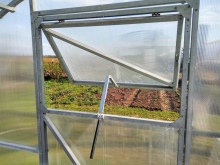
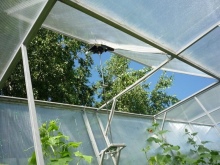
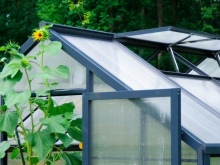
How often and how much to water vegetables, see the video below.













The comment was sent successfully.